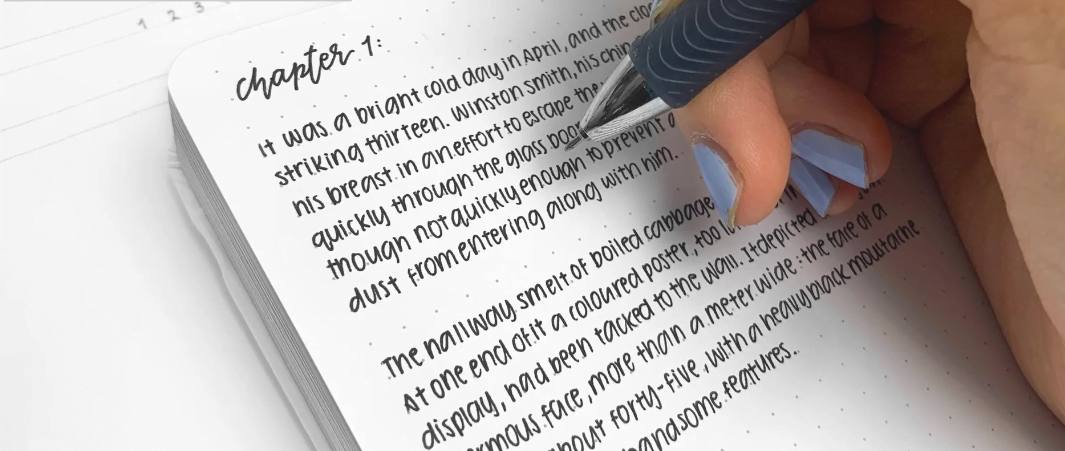In today’s digital age, typing on a computer or mobile device has become the norm for many individuals. However, there are still many instances where having legible and neat handwriting is important. From filling out official documents to leaving a handwritten note, having good penmanship is a valuable skill to have. Unfortunately, as we rely more and more on technology, our handwriting skills may begin to deteriorate. For adults who wish to improve their handwriting, handwriting practice sheets can be a helpful tool. In this article, we will discuss the benefits of handwriting practice sheets for adults and some tips on how to use them effectively.
Table of Contents
Advantages of Handwriting Practice Sheets for Adults:
- Improves Memory Retention: Studies have shown that taking handwritten notes can help with memory retention compared to typing notes on a computer. Writing by hand activates more areas of the brain, which can help with memory recall.
- Enhances Fine Motor Skills: Handwriting requires fine motor skills, which can be improved through consistent practice. Fine motor skills are essential for everyday tasks, such as buttoning clothes or using utensils.
- Increases Focus and Concentration: Handwriting requires focus and concentration, which can improve overall cognitive function. Practicing handwriting can also be a meditative activity, which can reduce stress and anxiety.
- Provides a Creative Outlet: Handwriting practice can be a creative outlet for individuals who enjoy calligraphy or decorative lettering. It allows individuals to express their personality through their handwriting.
- Helps to Develop Better Writing Habits: Consistent practice with handwriting can lead to better writing habits, such as using proper spacing and letter formation.
Tips for Using Handwriting Practice Sheets Effectively:
- Start with Basic Exercises: Begin with simple exercises to build confidence and increase familiarity with the writing strokes.
- Use Proper Posture and Grip: Sit with good posture and use a proper grip to avoid hand fatigue and discomfort.
- Use Lined Paper: Lined paper can help with spacing and letter formation.
- Use a Variety of Writing Tools: Experiment with different types of pens, pencils, or markers to find a writing tool that feels comfortable to use.
- Practice Regularly: Consistency is key when it comes to improving handwriting skills. Set aside a few minutes each day for handwriting practice.
Disadvantages of Handwriting Practice Sheets for Adults:
- Time-consuming: Practicing handwriting can be time-consuming, especially for individuals who are not accustomed to writing by hand.
- Requires Patience: Improving handwriting skills requires patience and consistent effort. It may take some time to see significant improvements in handwriting.
- May Be Frustrating: Handwriting practice can be frustrating for individuals who struggle with fine motor skills or have pre-existing conditions such as arthritis.
- Limited Flexibility: Handwriting practice sheets can be limiting in terms of creativity and spontaneity compared to free-form writing.
- May not be Necessary: While legible handwriting is important, it may not be necessary for all professions or situations.
In conclusion, handwriting practice sheets can be a valuable tool for adults who wish to improve their penmanship skills. The benefits of consistent practice include improved memory retention, enhanced fine motor skills, increased focus and concentration, and a creative outlet. However, it is important to recognize that handwriting practice can be time-consuming, requires patience, and may be frustrating for some individuals. Ultimately, the decision to use handwriting practice sheets should depend on individual needs and preferences.


You may like it
is WGU a Good School? Evaluating the Quality of Western Governors University
Shortest Time To Become A Doctor: Pros and Cons of Accelerated Medical Programs
Benefits of Teaching Religion in Schools: Fostering Understanding and Cultural Literacy
Games to Play With 3 People: 35 Fun And Easy Games to Play With Three People
what companies use daily pay? A Convenient Solution for Modern Workforce
How To Get Free Internet At Home Without Paying